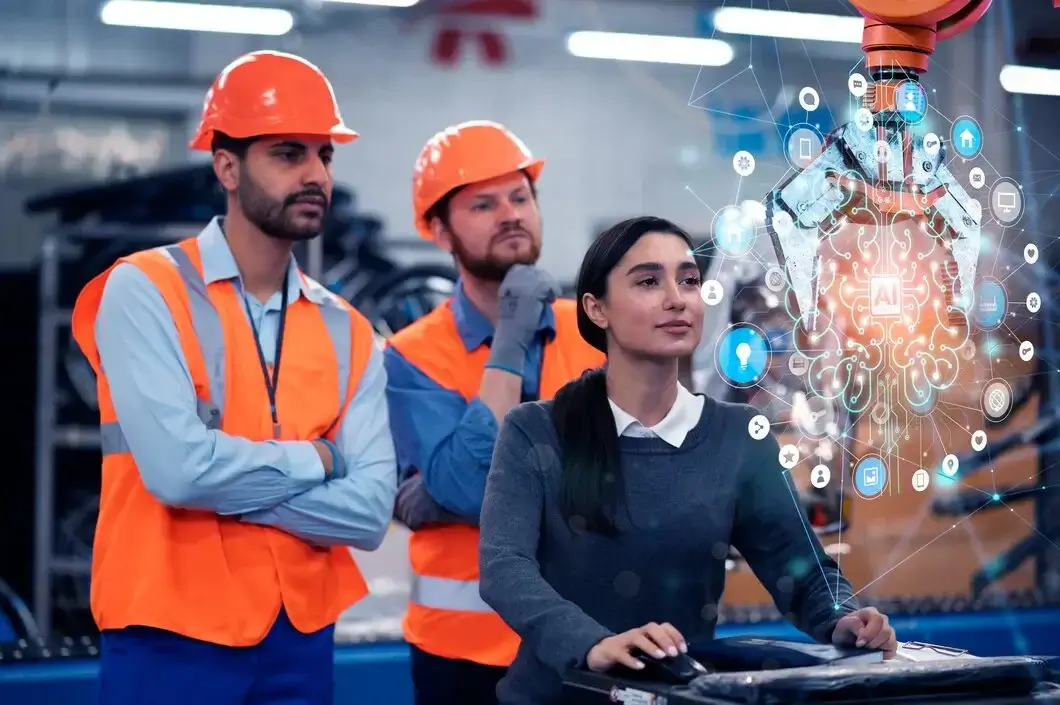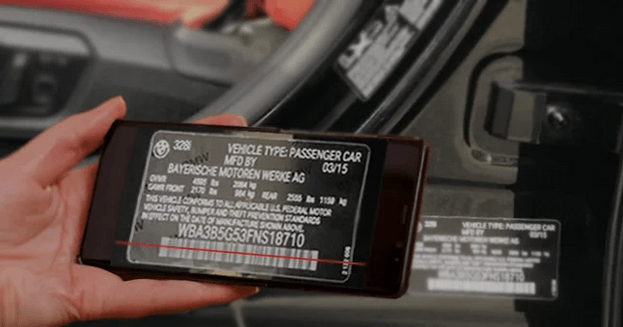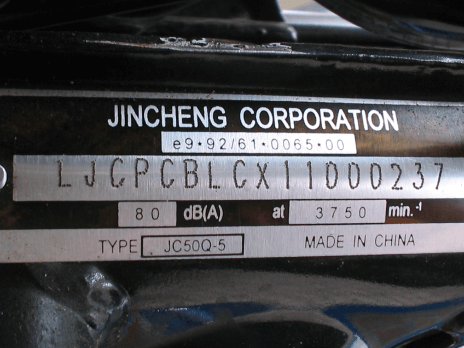Pharmaceutical companies today face real problems with manual tracking systems that just don’t cut it anymore. Workers spend hours manually entering batch numbers, checking labels, and verifying products all while dealing with tight deadlines and zero tolerance for mistakes. One wrong batch number can trigger a costly recall. Scanflow’s asset identification SDK changes this completely by using AI mobile scanning to read and verify product information straight from the packaging, making pharma distribution operations faster and more reliable.
How Scanflow Transforms Pharma Operations
1. Batch Number Capture
Manual batch tracking is where most pharma operations lose time and money. Workers squint at tiny printed numbers, type them into systems, and hope they got it right. With thousands of products moving through facilities daily, human error is inevitable.
Scanflow’s system reads batch numbers directly from packages using AI technology. It achieves 98% accuracy rates, which beats manual entry by a wide margin. The system works even when batch numbers are printed on difficult surfaces like curved bottles or glossy labels. No more transcription errors, no more having to double-check every entry, and no more recalls caused by tracking mistakes.
2. Real-Time Inventory Control
Most pharma distribution centers still rely on outdated tracking methods that update inventory hours or even days after products move. This creates blind spots where nobody knows exactly what’s in stock or where specific batches are located.
Scanflow optimizes asset tracking and inventory management, automating barcode processing and improving in pharma distribution and warehouses. The asset identification solution provides real-time visibility into pharmaceutical inventory levels, locations, and movement throughout the pharma distribution supply chain. When products move, the system updates immediately. Integration with existing WMS and ERP systems means inventory records stay current without extra work from warehouse staff.
3. Complete Label Verification in One Scan
Current label checking processes require workers to manually verify multiple data points – expiration dates, lot numbers, NDC codes, dosage information. This takes time and creates opportunities for oversight, especially during busy periods.
Scanflow’s system reads and validates different data fields from pharmaceutical labels in a single scan. This eliminates the tedious manual checking process while ensuring every package meets specifications.
4. Faster Operations With Better Accuracy
Traditional pick and pack operations in pharmaceutical facilities and pharma distribution centers often involve time consuming manual verification processes. Scanflow’s asset identification solution improves operational efficiency by automating multiple verification steps simultaneously. Workers can scan, verify, and process products 70% faster than manual methods.
The system handles product codes, batch numbers, expiration dates, and quality checks all at once. This speed increase means facilities can process more orders per day without adding staff. Workers focus on handling products and solving problems instead of data entry and verification tasks.
5. Complete Product Traceability from Start to Finish
Tracking products through the entire supply chain is mandatory in pharma, but most companies struggle with gaps in their traceability records. When regulators ask for complete product history or when recalls happen, teams scramble to piece together information from multiple systems and paper records.
Scanflow creates an unbroken chain of custody for every product that passes through your facility. Every scan captures location, timestamp, operator ID, and product details automatically. The system tracks products from receiving through storage, picking, packing, and shipping without requiring extra data entry from workers.
When you need traceability information whether for a routine audit, customer inquiry, or recall situation – everything is already documented and searchable. The system shows exactly where each batch has been, who handled it, and when each step occurred. This complete visibility helps companies respond faster to regulatory requests and reduces the time spent investigating product history issues.
Scanflow’s Mobile SDK Technology
Scanflow’s asset identification solution is built on a mobile SDK that works with existing pharmaceutical operations. The platform uses computer vision algorithms trained specifically for pharmaceutical packaging, handling different box sizes, label formats, and printing styles commonly found in pharma distribution.
The scanning technology adapts to various lighting conditions and package orientations that occur in real warehouse environments. The AI learns from each facility’s specific products and improves recognition over time. The mobile SDK works on handheld devices, tablets, and fixed scanning stations, giving companies flexibility in how they deploy the technology.
Business Impact and Measurable Results
Companies using Scanflow’s asset identification solution see results within months of implementation. Labor costs drop significantly when workers stop spending time on manual data entry. Error rates decrease, which means fewer returns, recalls, and compliance issues. Processing speed increases allow facilities to handle more volume without expanding staff.
The system scales across multiple facilities and product lines as companies grow. The technology integrates with existing warehouse management systems without disrupting current workflows. For pharmaceutical operations dealing with increasing volume and tighter regulations, automated asset identification isn’t just helpful it’s becoming necessary for staying competitive.









